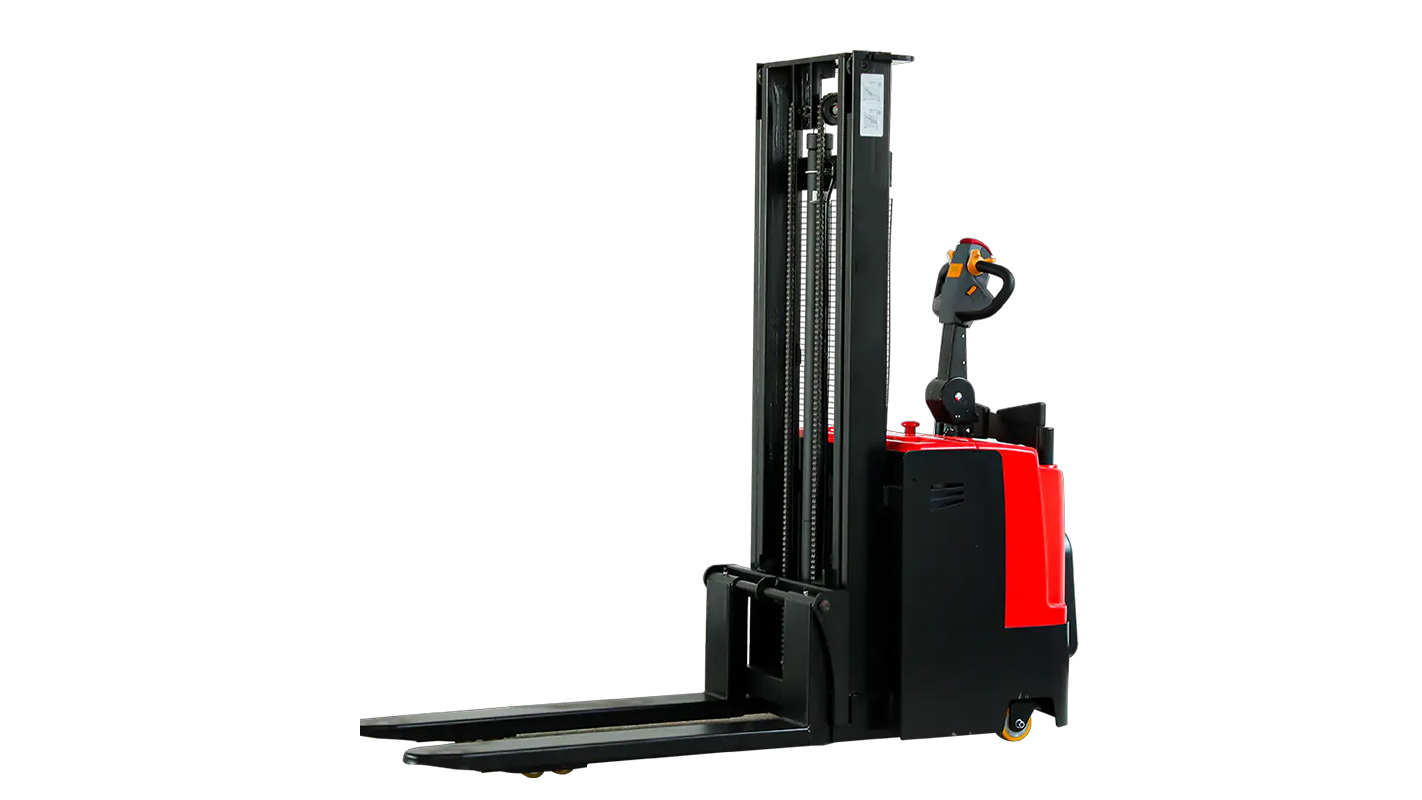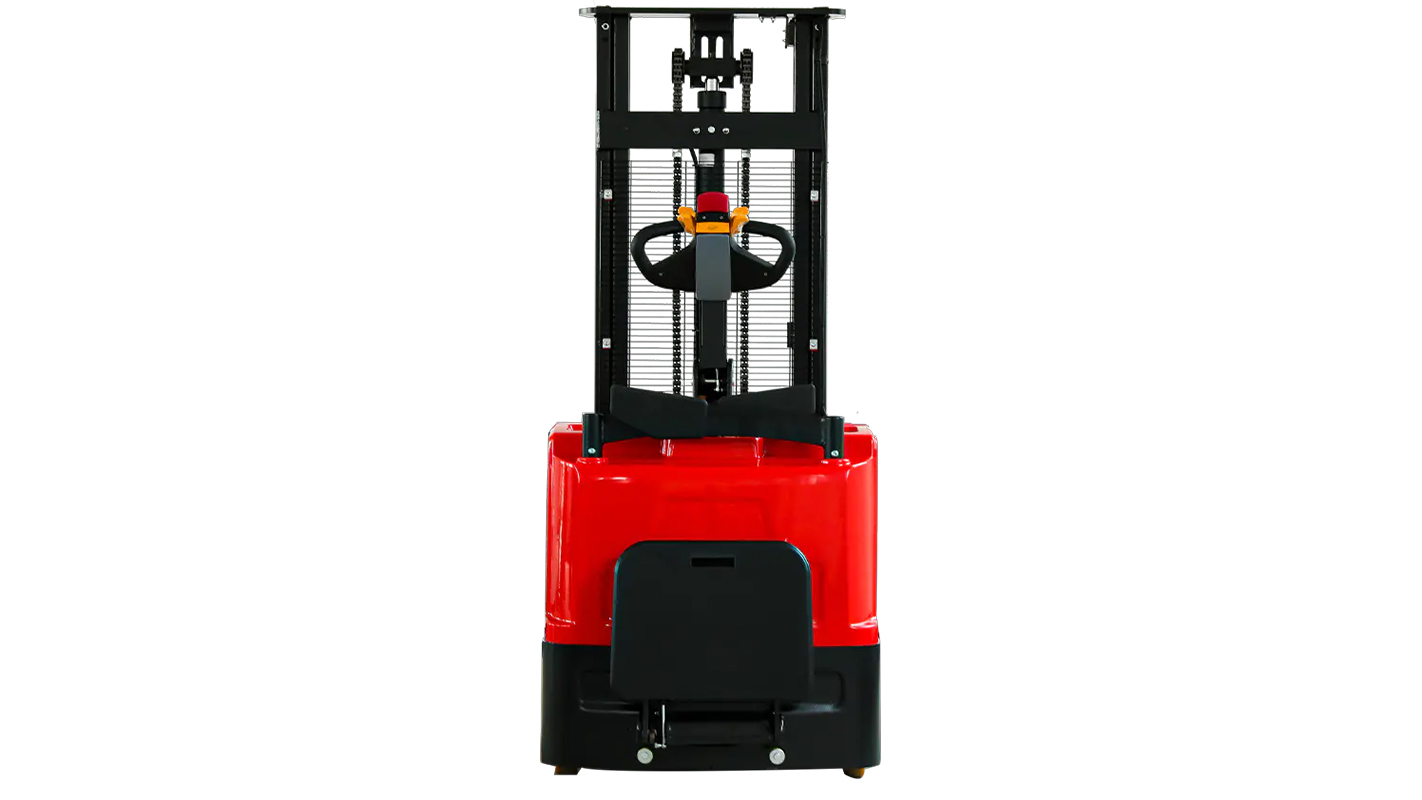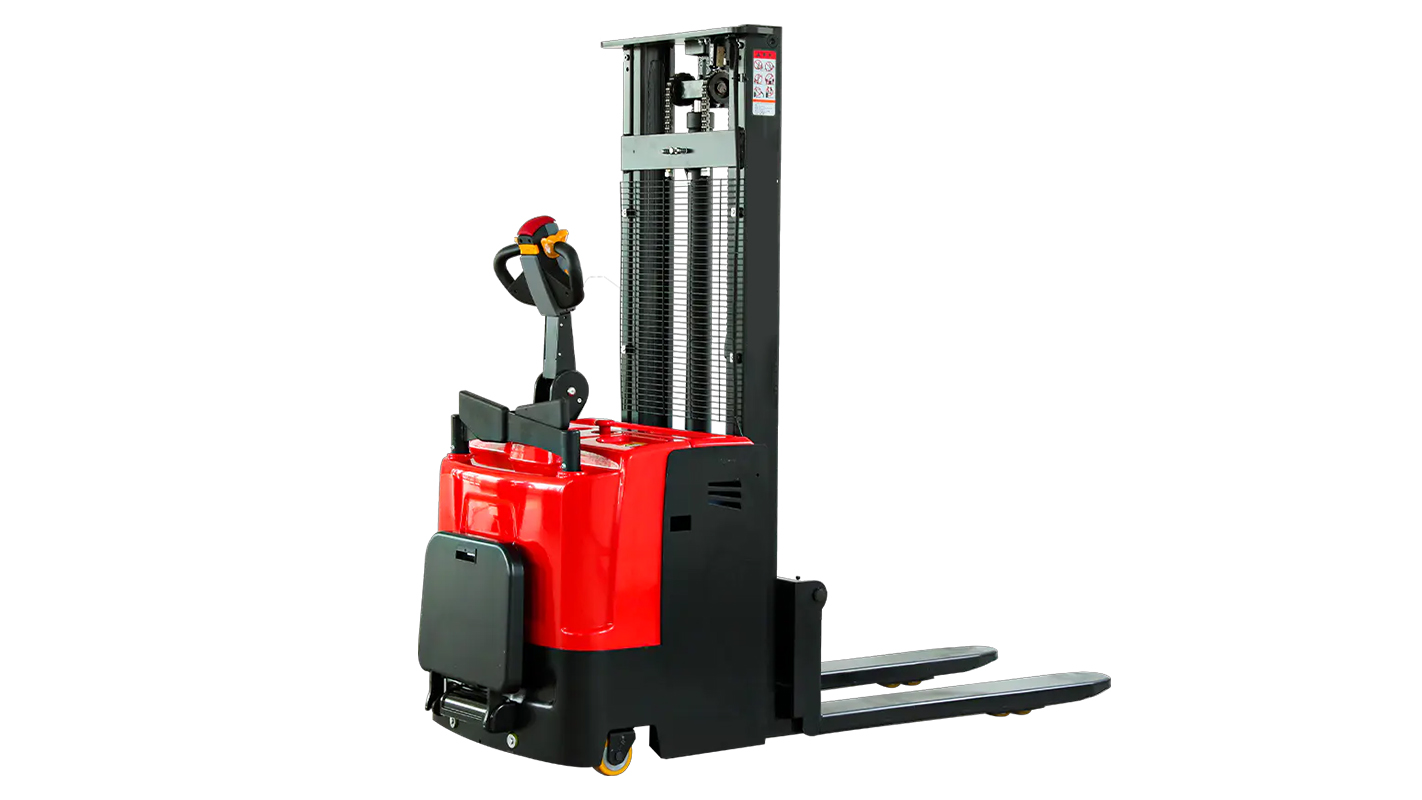I. Introduction
A. Hook: "Imagine a vast distribution center, a labyrinth of towering shelves and ceaseless activity. In this high-stakes environment, where every second counts, the challenge of managing inventory efficiently is immense. Manual handling leads to errors, delays, and escalating costs. But what if there was a way to orchestrate this complex operation with precision and speed? Enter automated stacker cranes, the silent workhorses of modern logistics."
B. Briefly introduce automated stacker cranes (AS/RS) and their purpose: "Automated storage and retrieval systems (AS/RS), particularly stacker cranes, are designed to streamline the storage and retrieval of goods in high-density warehouse environments. These systems utilize automated cranes that travel along aisles, retrieving and storing items with remarkable accuracy and speed."
C. State the article's focus: how these systems enhance efficiency in large distribution centers: "This article will delve into the specific ways automated stacker cranes enhance efficiency, exploring the core components, operational principles, and tangible benefits these systems bring to large distribution centers."
D. Outline the article's structure: components, benefits, implementation, and future trends: "We will examine the key components of AS/RS, analyze the efficiency improvements they offer, discuss implementation considerations, explore real-world applications, and look ahead to the future of automated warehousing."
II. Understanding Automated Stacker Cranes
A. Key Components of AS/RS:
"Storage racks form the structural backbone, providing high-density storage. Stacker cranes, the mobile units, move along the racks, accessing storage locations. Conveyor systems transport goods to and from the cranes. The warehouse management system (WMS) orchestrates the entire operation, managing inventory and directing crane movements."
Storage racks.
Conveyor systems.
Warehouse management system (WMS).
B. Operational Principles:
"When an item is received, the WMS directs the crane to a specific storage location. When an item is needed, the crane retrieves it and delivers it to the conveyor system. Software and sensors ensure precise positioning and accurate retrieval. Integration with other warehouse systems, such as ERP, allows for seamless data exchange."
Storage and retrieval processes.
Role of software and sensors.
Integration with other warehouse systems.
C. Types of Stacker Cranes and Applications: "There are single mast, double mast, and mini-load stacker cranes, each suited to different types of loads and warehouse layouts. They are used in diverse applications, from e-commerce fulfillment to cold storage and manufacturing."
III. Efficiency Improvements: Key Benefits
A. Increased Storage Density:
"Vertical storage optimization maximizes the use of available space, allowing for higher storage capacity within the same footprint. Reduced floor space requirements translate to lower real estate costs and improved operational efficiency."
Vertical storage optimization.
Reduced floor space requirements.
B. Enhanced Speed and Throughput:
"Automated retrieval and transport significantly reduce cycle times, enabling faster order fulfillment. Reduced manual handling minimizes delays and increases throughput, allowing for higher order volumes."
Automated retrieval and transport.
Reduced cycle times.
C. Improved Accuracy and Reduced Errors:
"Automated inventory management eliminates human error, ensuring accurate stock levels and order fulfillment. Minimized human error reduces the risk of mis-picks and mis-shipments, improving customer satisfaction."
Automated inventory management.
Minimized human error.
D. Reduced Labor Costs:
"Automation of manual tasks, such as picking and placing, reduces the need for manual labor. Optimized labor allocation allows for more efficient use of personnel, freeing up workers for other value-added tasks."
Automation of manual tasks.
Optimized labor allocation.
E. Enhanced Inventory Control and Visibility:
"Real-time tracking and reporting provide accurate inventory data, enabling better stock management. Improved stock rotation ensures that goods are moved efficiently, reducing the risk of obsolescence."
Real-time tracking and reporting.
Improved stock rotation.
F. Increased Safety:
"Reduction of workplace accidents is achieved by minimizing manual handling of heavy loads. Handling of heavy loads is safer with automated systems, reducing the risk of injuries."
Reduction of workplace accidents.
Handling of heavy loads.
IV. Implementation and Integration
A. Planning and Design Considerations:
"Careful planning of warehouse layout and flow is essential for optimal AS/RS performance. System scalability and flexibility are crucial for accommodating future growth and changing business needs."
Warehouse layout and flow.
System scalability and flexibility.
B. Integration with Existing Systems:
"Seamless integration with WMS and ERP systems ensures accurate data exchange and efficient operations. Integration with conveyor and sorting systems facilitates smooth material flow."
WMS and enterprise resource planning (ERP).
Conveyor and sorting systems.
C. Challenges and Potential Drawbacks:
"Initial investment costs can be significant, requiring careful ROI analysis. System maintenance and downtime can disrupt operations, requiring robust maintenance plans. Software integration issues can arise, requiring thorough testing and troubleshooting."
Initial investment costs.
System maintenance and downtime.
Software integration issues.
V. Case Studies and Real-World Applications (Approx. 300 words)
A. Examples of Successful AS/RS Implementations:
"E-commerce giants utilize AS/RS for rapid order fulfillment, ensuring timely delivery. Manufacturing facilities use AS/RS for efficient raw material and finished goods management. Food and beverage warehouses leverage AS/RS for temperature-controlled storage and efficient stock rotation."
E-commerce distribution centers.
Manufacturing and production facilities.
Food and beverage warehouses.
B. Analysis of Performance Improvements:
"Quantifiable benefits include increased throughput, reduced errors, and lower labor costs. Qualitative benefits include improved customer satisfaction, enhanced inventory control, and increased safety."
Quantifiable benefits (e.g., increased throughput, reduced errors).
Qualitative benefits (e.g., improved customer satisfaction).
VI. Future Trends and Technological Advancements
A. Advancements in Stacker Crane Technology:
"AI and machine learning integration enables predictive maintenance and optimized crane movements. Robotics and automation enhancements improve picking and placing accuracy and speed."
AI and machine learning integration.
Robotics and automation enhancements.
B. Integration with Emerging Technologies:
"Internet of Things (IoT) and sensor networks provide real-time data on system performance and inventory levels. Cloud-based warehouse management enables remote monitoring and control."
Internet of Things (IoT) and sensor networks.
Cloud-based warehouse management.
C. The Future of Automated Warehousing:
"AS/RS adoption is expected to increase as businesses seek to improve efficiency and reduce costs. The evolution of AS/RS will focus on greater flexibility, scalability, and integration with other automation technologies. The role of automation in future distribution centers will be pivotal, with AS/RS at the core of efficient operations."
Predictions for AS/RS adoption and evolution.
The role of automation in future distribution centers.
D. Conclusion: "Automated stacker cranes are transforming large distribution centers by significantly improving efficiency, accuracy, and safety. As technology advances, these systems will continue to evolve, playing a crucial role in the future of automated warehousing."
Post time:Mar.21.2025



